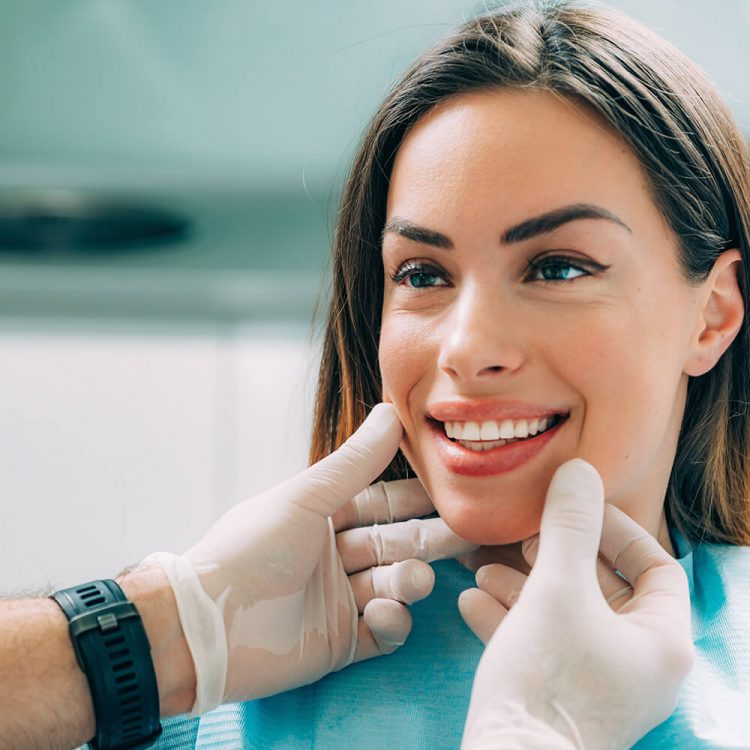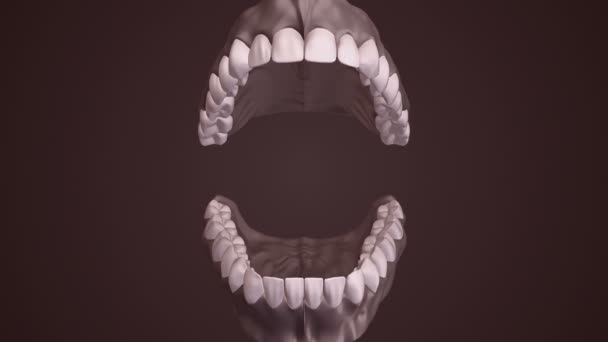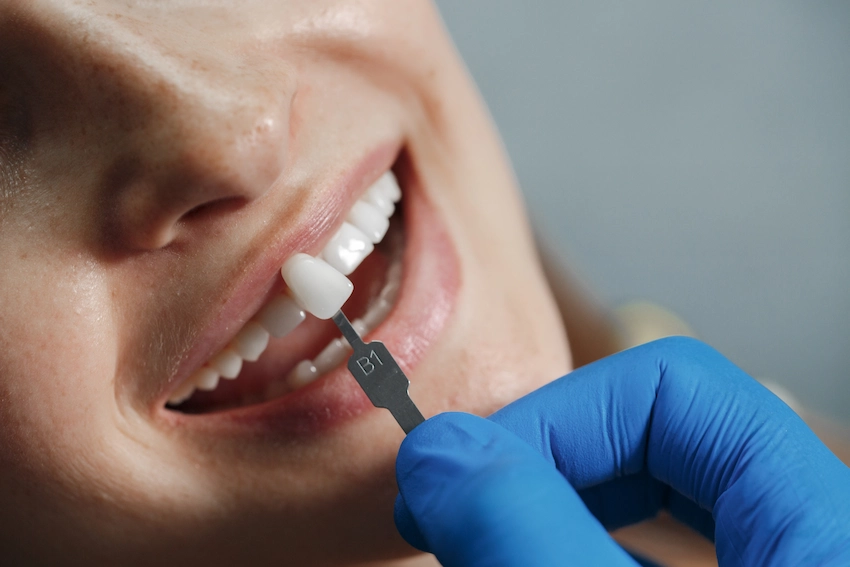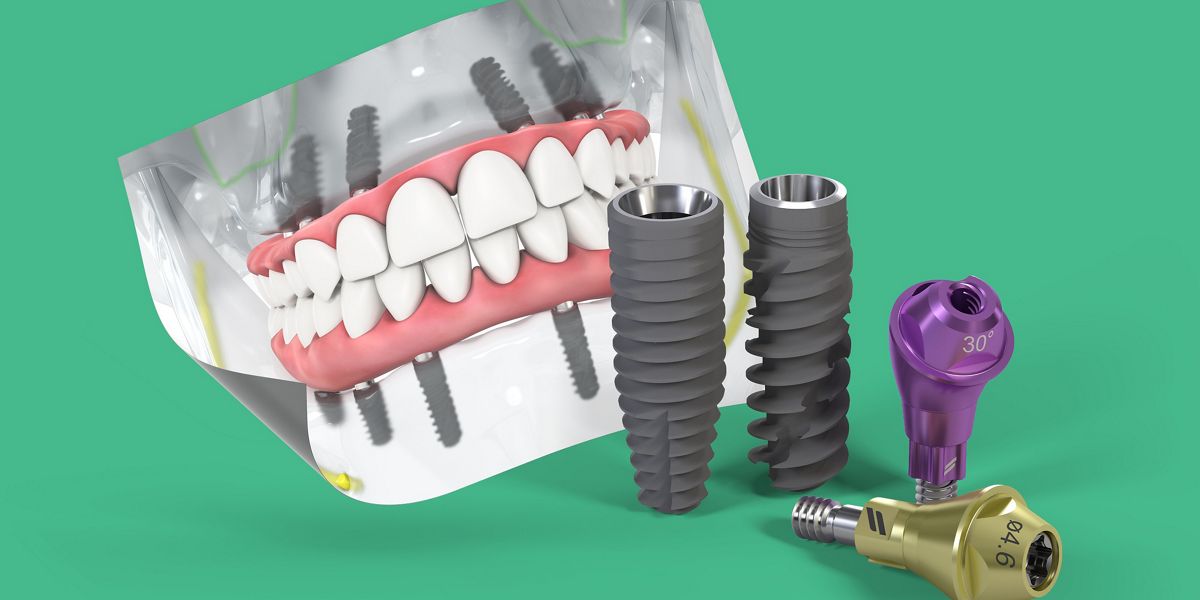🦷Total Number Of Teeth In A Human Mouth

Human teeth are truly remarkable characteristics for individuals. In adult beings, there are thirty-two permanent teeth that get the fourth part of teeth wear that include incisors, canines, premolars, and molars. They all play a vital role in human chewing, in a way that would not be possible without them. However, to ensure that they all remain in good condition and operate effectively for many years to come, it is of the utmost essence to take good care of the teeth, and one should ask himself or herself, do you know how many teeth an average adult human has?
One can give such an answer without any doubt. An average adult human being is said to be unique in his or her way. In a person’s lifetime, one has to grow from having more teeth as a child up to “the number of teeth of the average person”. This article will thoroughly discuss the total number of human teeth and the amazing reason for such an evolutionary development.
Importance of Healthy Teeth
The state of the teeth and oral tissues is vital to the general system and is sometimes underestimated. Healthy teeth function to cut and chew food into smaller particles that one can easily swallow. The human teeth also help in speech and make sure that one looks good. Good oral hygiene enhances one’s mouth since it is very important to the individual and the society therefore the teeth ought to be in excellent supply.
A functioning mouth makes feeding and talking comfortable and that promotes a better quality life and helps in breaking the vicious cycle of dentists. Having good teeth will always boost your self-esteem. It boosts due to the fine pictures that well-cared-for teeth produce. Consequently, this may result in improved social relations as well as work efficiency. Regular dental check-ups and having the right techniques for brushing and flossing are techniques to help one maintain good oral hygiene and keep the human teeth in a pristine condition.
Structure of Human Teeth
The mouth of an adult person has thirty-two teeth, each with a specific task within the process of food digestion, and one cannot deny the facts that are known. Such knowledge about the structure of human teeth and related information may create a better understanding of the teeth and their functioning which are functional. The main types of teeth in the human mouth are as follows.
- Incisors: These are the front teeth, sharp and flat, designed for cutting food. Adults typically have eight incisors.
- Canines: These sharp pointed human teeth are located next to the incisors. They are also known as cuspids and are for tearing apart food. An adult has four canine teeth.
- Premolars: These strong and flat nails used for grinding food are placed next to the canine teeth and should be sixteen in total.
- Molars: These flat back teeth are the largest among the group of eighteenth teeth. They are thought to be strong and useful for breaking down food.
Although each tooth has a specific purpose, it is the synergy between them that enables an individual to eat well and digest all kinds of food. As there are these types of human teeth, it is thus important for anybody to know their names as such.
- Canines: These types of teeth are located next to and by the side teeth of incisors and the Canine teeth are the sharp and pointed teeth which are used for tearing the food because as the human race these human teeth are very important in any human being when tearing some food. The human adults have about four canine teeth, one on either side of the mouth and therefore they need to be properly taken care of.
- Premolars: located immediately behind canine teeth, premolars are large and have ridges for crushing and grinding food. These types of teeth are also referred to as bicuspids, are more spongy than canines and incisors, therefore, they will be eight in every adult human mouth. This indicates that these bicuspids, can have a large surface area, which assists in carrying out the processing of food effectively
- Molars: positioned at the back of the mouth, molars are the biggest human teeth with wider surfaces and whose main work is grinding and crushing food into smaller pieces that are easy to swallow.
Finally, a person will find the majority of humans will have a total of twelve molars in their mouth including the four wisdom human teeth, which usually a person gets to develop in the late teens or early adulthood. A few people will, however, only have ten or eleven molars as a result of jaw formation in some people’s circumstances, and this implies that the molars are major tooth types that help during the chewing of the food.
All the below-discussed types of human teeth are important in their own unique way as they ensure proper shredding and grinding of food thereby helping maintain good digestion and the diet in general. Because the health of the mouth has a significant impact on one’s overall well-being, human teeth serve an important function and are closely related to the food the people eat. Therefore, it is important to maintain proper oral hygiene to keep these teeth well-maintained.
Primary vs Permanent Teeth

With the turn of the tides as they were, mankind undergoes two different transformations to his/her teeth set for permanent duration, which are the temporary human teeth better known in such terms like baby teeth also, and secondly, the adult teeth. It has been known among humans past and present that both these sets are crucially important for the oral cavity as they take care of the utilities exclusively meant for babies.
Well not that primary is entirely useless but and still of importance in the mouth management situations unless obviously damaged so use what is left in the mouth of a child deliberately at an early age. It is, therefore, prudent to understand the difference and similarity between the primary as well as the permanent dentition because it is a very essential area of concern.
Number of Teeth
The total number of primary teeth is actually, twenty-two, found referring to as such, deciduous or milk teeth. These are the children’s first if you like to be called teeth that get into your mouth during infancy and are replaced permanently with the secondary successions later in life. These human teeth tend to become deprecated gradually when a child reaches the age of six years until they are a period of twelve and so mentioned that may lose until they are twelve.
They are not a permanent appendix because they are used to start a child’s baring but beautiful smile for the future, one that if properly maintained can last a lifetime since it is there that changes the way the world sees the baby and the baby’s perception of himself or herself as contributing to the fact that it is through toothy that all these days they did not have to pearly one smile up and down and never smiled.
Basis on The Number of Teeth
Even though older people have 32 permIn this world of today’s fast-paced and constantly changing environment where reimbursements for medical services are always faced by doctors who do not receive due payments annually. Regular visits by the patients at the doctor’s office cannot solve this situationanent Human teeth are still responsible for taking care of their oral hygiene so they do not have problems that include having gaps between the teeth or other teeth-related issues in the mouth. The first teeth actually play roles and those are acting as the front teeth of the mouth to enable speaking and facilitating chewing while infants take food.
Because of that, the remaining teeth will take over which are those that become the teeth of adults since they are bigger, stronger, and it is much better adapting to the adult diet. An example of adult food is the grinding or overcoming the tougher portions of food that such children’s human teeth cannot do. In addition, these adult teeth also create a more attractive and unified appearance and superiority that can play a role in effective self-expression through smiles, laughter, and other forms of body language.
Primary Appearance
The primary human teeth are formed from the buds of permanent teeth hence smaller and whiter than the permanent teeth. Being smaller means the primary teeth have to fall in between the gaps created by the erupting permanent teeth. Thus to form an eligible gap for the permanent teeth thus causing the growth of a well-aligned arch for the future smile.
However, adult teeth appear larger than baby teeth and tend to have a darker and yellowish appearance. These teeth contain a lot of mineral substances that make them stronger than the primary teeth and give them that color. This means taking care of your permanent human teeth very well so that they do not weaken over time because the enamel can still decay after use and consumption of acidic foods or drinks, or as a result of poor oral hygiene.
Teeth Shedding
Between the ages of six years and twelve years, children lost their first teeth which are known as primary or baby teeth after all. This process can make kids feel quite anxious, paranoid, or examined, but these change, psychically and as evidence of moving forward to adolescence by which the child is maturing into an adult. Even though these teeth have the lesser size and the initial thought of being used as primary teeth, their removal does not mean anything to fear as these teeth are simply the already recognized baby teeth.
They become lost when the adult teeth which have been hiding seem to be full grown and in position, every place in the mouth is therefore ready for them. The span of the body includes the primary tooth to be lost within a span of older and the tooth is usually around the range of obsolescence which the children lose sometimes and around the ages of seven and eight years.
This procedure often and psychologically distressing for children is accurate and a big step towards adulthood. In addition, when this phenomenon is witnessed, it is rare and not unexpected to see when children play with their old and other baby teeth and stick it forever, which often leads to a concept of transitioning from childhood to adulthood.
Common Dental Issues

Dental health is an essential aspect not just for a person’s overall health, but for their quality of life too. It is exciting to realize that dental health problems are very common and can happen to any individual. If people become aware of these problems and how to detect them, their chances of being treated early improve, and this way they can always ensure healthy human teeth and better results. The most common dental problems that people experience may include:
- Cavities: This type of dental problem occurs when the tooth decay is caused by bacteria that produce acids; these acid elements create holes in the human teeth that normally occur from poor oral care habits.
- Gum Disease: Another major issue facing many adults today as it results from gingivitis and periodontitis, gum disease happens when there is an uncomfortable inflammation or infection on the gums, in some extreme cases leading to tooth loss if not cared for properly.
- Tooth Sensitivity: People with a sensitive nature may have their tooth nerves aggravated by extreme temperatures like hot beverage/food or those cold cold drinks; likewise sweetened & sour candies could cause problems when ingested wrongly.
- Bad Breath: Halitosis is a more serious issue than most people think; halitosis often originates from improper hygiene, food choices, or perhaps sicknesses like diabetes but leaves individuals self-conscious with an unwelcome smell coming from their mouths.
- Tooth Erosion: Continuous exposure to acidic substances such as those present in carbonated drinks leads to general wear down of different human teeth’s protective linings thus leading everyone’s teeth being even more sensitive towards those little holes being formed consequently letting bacteria etc. increase chances of affecting it further.
In this world of today’s fast-paced and constantly changing environment where reimbursements for medical services are always faced by doctors who do not receive due payments annually. Regular visits by the patients at the doctor’s office cannot solve this situation.
Frequently Asked Questions About Adult Teeth
Most adults have 32 permanent teeth, including 4 wisdom teeth. These include incisors, canines, premolars, and molars, each serving a specific function in chewing, biting, and speaking.
The main types of adult teeth are incisors, canines, premolars, and molars. Incisors are used for cutting, canines for tearing, premolars for crushing, and molars for grinding food.
Incisors are the sharp, flat teeth at the front of the mouth that help cut food into smaller pieces. Adults typically have eight incisors, four on the top and four on the bottom.
Molars are responsible for grinding and crushing food, making it easier to swallow and digest. Adults typically have twelve molars, including wisdom teeth, which are located at the back of the mouth.
Not all adults have wisdom teeth. While many people have four wisdom teeth, some may have fewer, or in some cases, none at all, due to genetics or removal.
If an adult tooth is lost, it’s important to replace it to prevent misalignment, difficulty chewing, or jawbone loss. Options like dental implants, bridges, or dentures can restore function and appearance.
The eruption process refers to the time when adult teeth emerge in the mouth. Most adult teeth, including molars, emerge between ages 6 and 21, with wisdom teeth typically erupting between ages 17 and 25.
Yes, braces or clear aligners can correct misalignment in adult teeth. Even after all permanent teeth have emerged, orthodontic treatment can help straighten teeth and improve bite functionality.
Adult teeth can become discolored due to factors like aging, consumption of stain-causing foods and drinks, or poor oral hygiene. Professional teeth whitening can restore brightness, and regular maintenance can help prevent further staining.
Maintaining healthy adult teeth involves brushing twice daily, flossing regularly, and visiting your dentist for routine check-ups. Avoiding sugary foods and drinks also helps protect your teeth from decay and damage.




